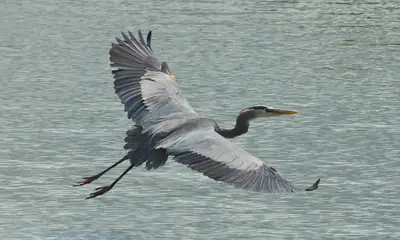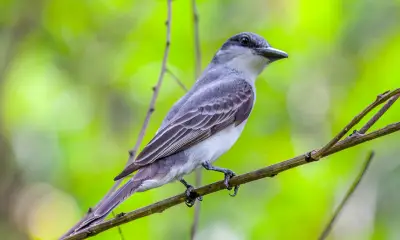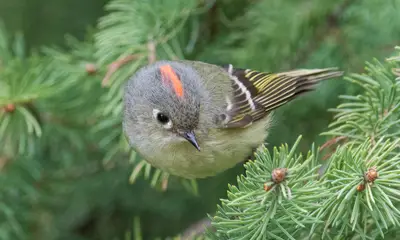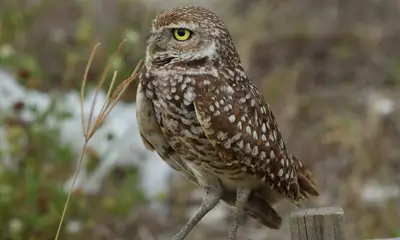15 Types Of Birds With RED BELLY (ID Guide With Photos)
Did you spot a bird with a red belly and would like to know what species it was?
Identifying birds that have red bellies is not as easy as it seems, since there are surprisingly many types of birds that have this color combination.
To help you identify the bird you spotted, we’ve put together this ID guide that covers the most important birds with red belly.
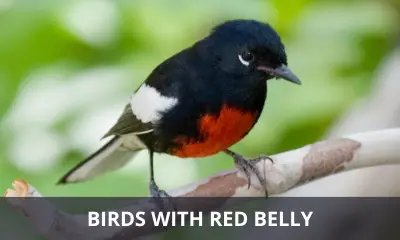
What are the types of birds with red bellies?
There are 15 types of birds that have red bellies, which are described in full detail below.
Keep in mind that only the first 10 species on this list are found in North America, while the remaining 5 birds hail from other parts of the world.
Painted Redstart
Scientific name: Myioborus pictus
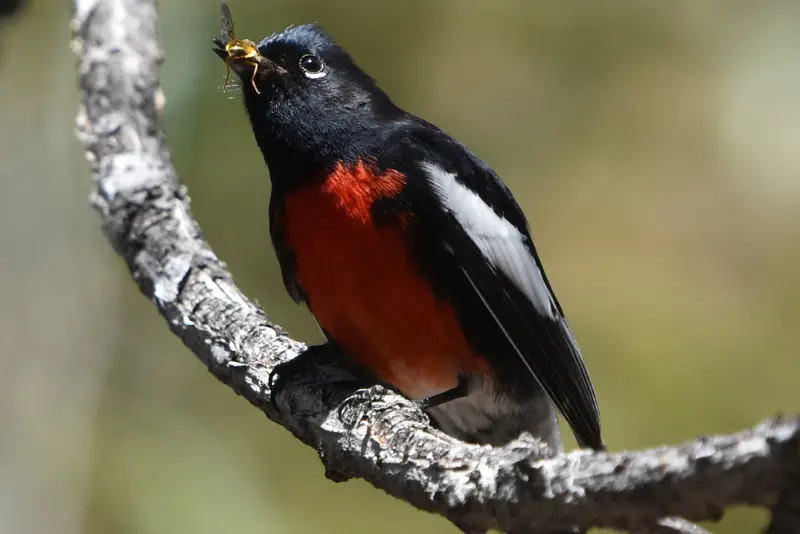
The Painted Redstart is a gorgeous wood warbler with a striking combination of red belly feathers contrasting with its black and white plumage.
Adult males are predominantly black, contrasting with a bright crimson belly, white patches on the wings, white tail feathers, and a small white patch under the eye.
Adult females and young birds resemble males, but their belly is gray instead of red.
These small birds with red bellies can be seen in the southwestern United States during the breeding season from March through September.
After the breeding season, the Painted Redstart migrates to Central America, where it spends the winter.
Red Crossbill
Scientific name: Loxia curvirostra
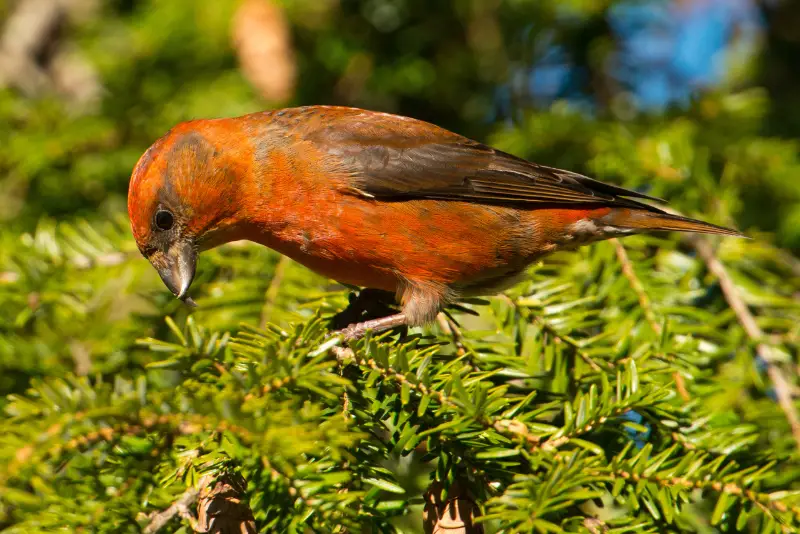
These small songbirds get their name from their distinctive bills, which resemble a bent pair of scissors with their points crossed.
Adult males have a distinctive red underside, head, and rump, while their wings and back are dark brown
Females and immature Red Crossbills are more inconspicuous, and are olive-colored with reddish streaks on their flanks and belly.
Red crossbills are able to harvest seeds from pine cones by cutting through the scales of the cones with their crossbill.
These red birds breed in Canada and northern parts of the USA, and only show up as winter visitors in more southern states.
The breeding season of these crossbills is timed to coincide with ripening of pine or spruce cones, and can sometimes start as early as February.
Vermilion Flycatcher
Scientific name: Pyrocephalus obscurus
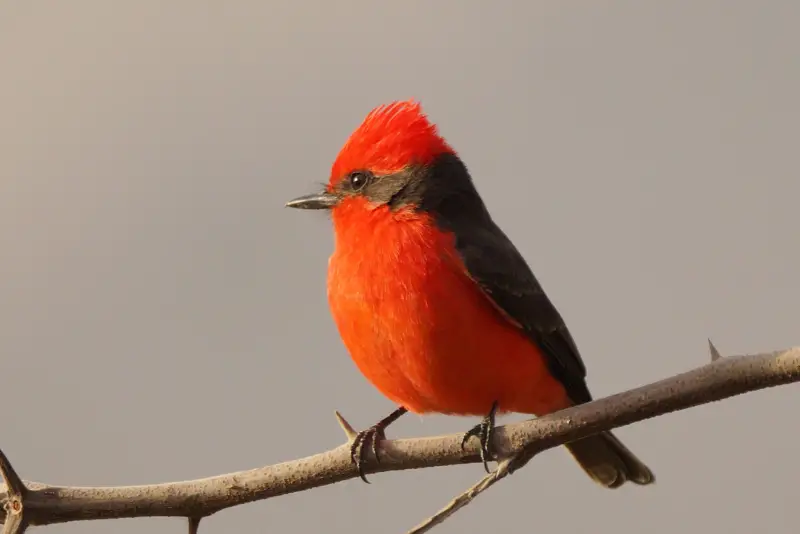
The Vermilion Flycatcher is one of the most beautiful red birds that can be seen in North America.
Adult males have a bright crimson belly, throat, and crown, while the rest of their body is dark brown.
Females and immatures, on the other hand, are grayish brown on top, and pale underparts.
It is a strict migratory bird, with most Vermilion Flycatchers migrating to Central America to spend the winter, with only a handful of individuals remaining in North America during the cold season.
A great thing about this gorgeous bird is that it isn’t very shy towards humans, and usually can be easily observed on exposed perches.
The preferred habitat of the Vermilion Flycatcher is open woodland and parks in areas close to water.
Pine Grosbeak
Scientific name: Pinicola enucleator

The Pine Grosbeak is a small red and black songbird with a short and stubby bill.
The adult males have a raspberry red head and chest, and also have a red colored belly with varying amounts of gray on their flanks. The tail and the wings are black with two white wing bars.
Females are more drab, and have a more brownish yellow coloration compared to the males.
This small red-headed bird breeds in the mountainous regions of North America, where it is a year-round resident.
During the cold season, there is an influx of northern Pine Grosbeaks that spend the winter in the United States.
Hepatic Tanager
Scientific name: Piranga flava

The Hepatic Tanager is a brightly colored songbird that resembles the Summer Tanager.
Adult males are mostly scarlet, with gray undertones behind their eyes and on their back, and this gray coloration distinguishes them from males of the Summer Tanager.
Females, immature males, and juveniles, on the other hand, are more yellow with a grayish color on their ear coverts and back.
If you’re lucky, you might be able to glimpse them in southwestern USA from May through August. They spend the remainder of the year in Mexico or Central America.
And although these small reddish birds are not particularly shy, their colors mix in so perfectly with the foliage that they can be difficult to spot.
Red-bellied Woodpecker
Scientific name: Melanerpes carolinus
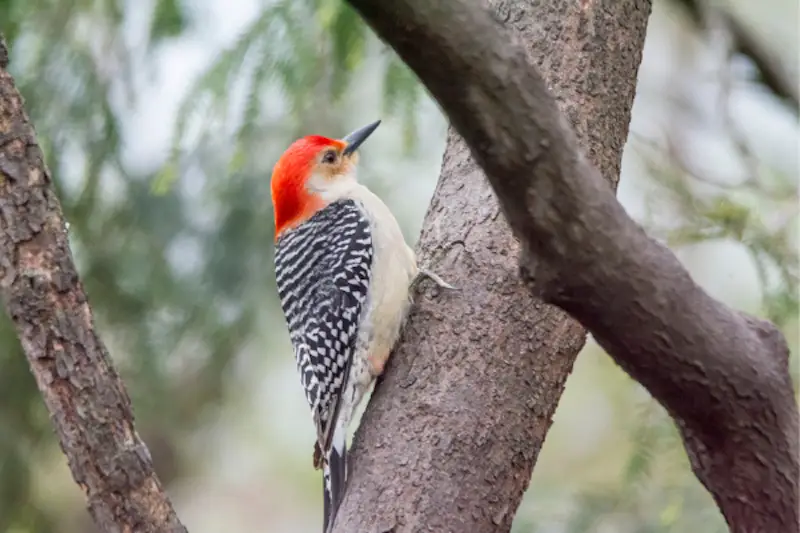
This woodpecker has a black-and-white “Zebra” pattern on its back, as well as a white rump.
Males have a striking red crown that goes all the way down to the base of the neck. Both sexes look similar, but the female lacks the bright cap on its head.
Their red plumage on the belly is only visible when you view one of these woodpeckers close up. This woodpecker favors shady woodlands, forest edges and backyards with old trees.
During winter, this woodpecker stores berries and acorns in tree crevices and cracks. Every year, the Red-bellied Woodpecker excavates a new nest below the previous one in the same tree.
American Robin
Scientific name: Turdus migratorius
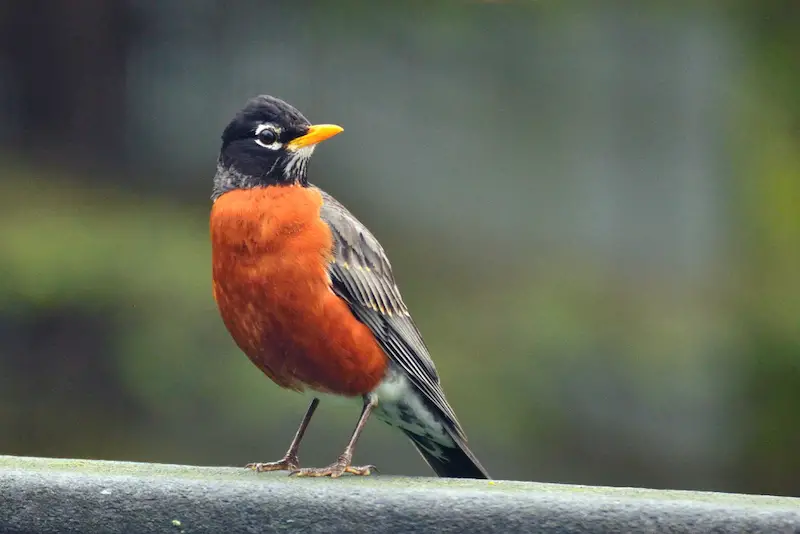
The American Robin is actually a thrush, but got its name from early settlers in North America who noticed its resemblance with the European Robin.
The reddish orange belly of the American robin makes it easy to identify this species. It mostly forages for food on the ground with the help of its powerful legs and stout yellow beak.
In the fall and winter, it feeds on fruit and searches for snails and worms amid the fallen leaves. It frequently congregates in big roosts in the non-breeding season.
This bird with red orange belly is a partial migratory bird, with its northernmost populations in Canada and the northern USA being entirely migratory.
In southern parts of its range, the American Robin is found all year round in the southern part, but only during the summer months in the northern parts.
White-winged Crossbill (Two-barred Crossbill)
Scientific name: Loxia leucoptera
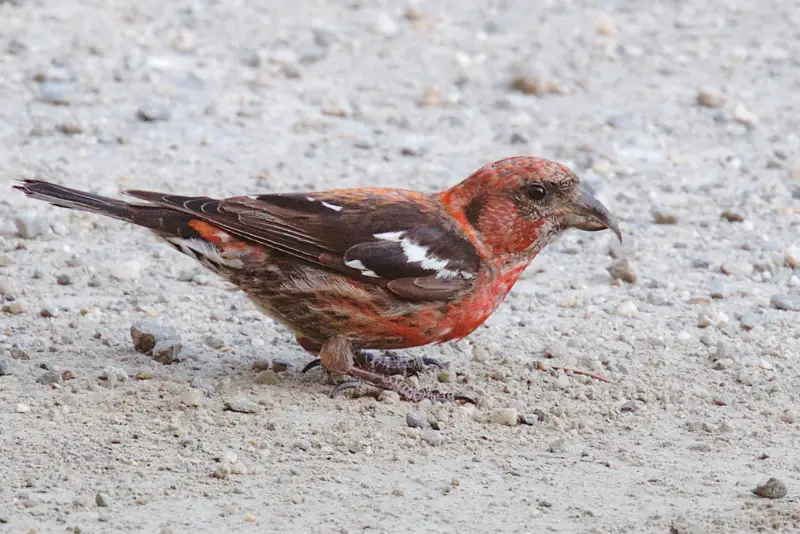
Similar to other crossbills, the White-winged Crossbill has a cross-tipped beak.
Most of the body plumage of adult male White-winged Crossbills is pinkish red, although it is paler compared to the color of Red Crossbill males.
The black wings have two white wing bars that are prominently visible (explaining the name of this crossbill).
The body of females is streaked with a yellowish color, but their wings are black with a wingbar pattern similar to that of males.
White-winged Crossbills are largely non-migratory, and remain in the breeding range in Canada and northern and western states of the US all year round.
In most parts of the United States, White-winged Crossbills are seen as scarce winter vagrants that are more abundant in some years.
Lewis’s Woodpecker
Scientific name: Melanerpes lewis
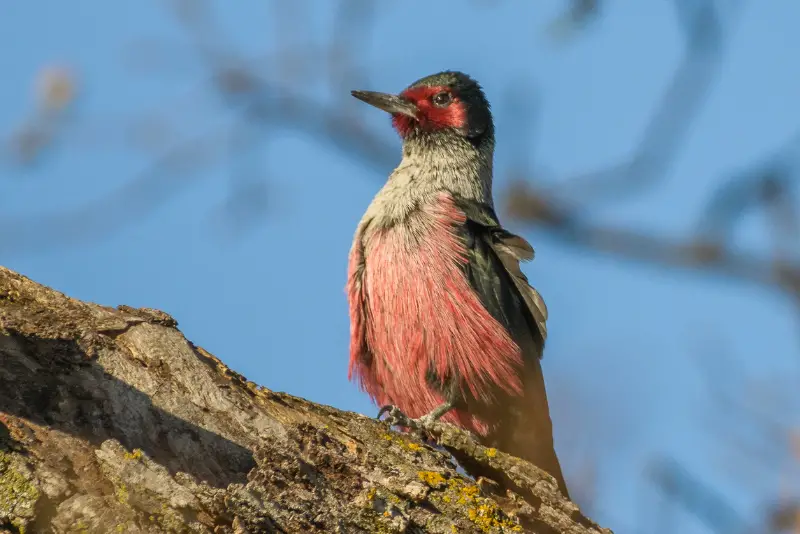
The Lewis’s Woodpecker is a very unusual member of the Woodpecker family.
Not only does it have an atypical color pattern for a woodpecker, with a dark green back, pinkish red belly, and gray color, but it also forages unlike any other woodpecker species by catching insects in mid-air.
These woodpeckers are found in the western United States, where they are year-round residents in the southwest, and summer birds in the pacific northwest.
Elegant Trogon
Scientific name: Trogon elegans
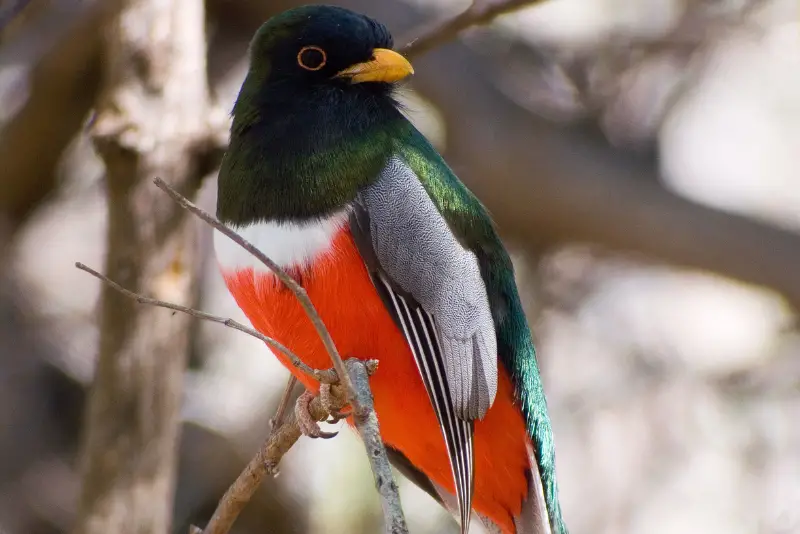
The male Elegant Trogon is easily recognized by its dark green back and head, which contrast with its bright red belly.
This is the only trogon that breeds in the United States, and is one of the most coveted bird species by U.S. birders.
These beautiful trogons are native to Mexico and Central America, but also breed in four mountain ranges of southern Arizona. Rare sightings are also reported from southern New Mexico.
Crimson-breasted Shrike
Scientific name: Laniarius atrococcineus
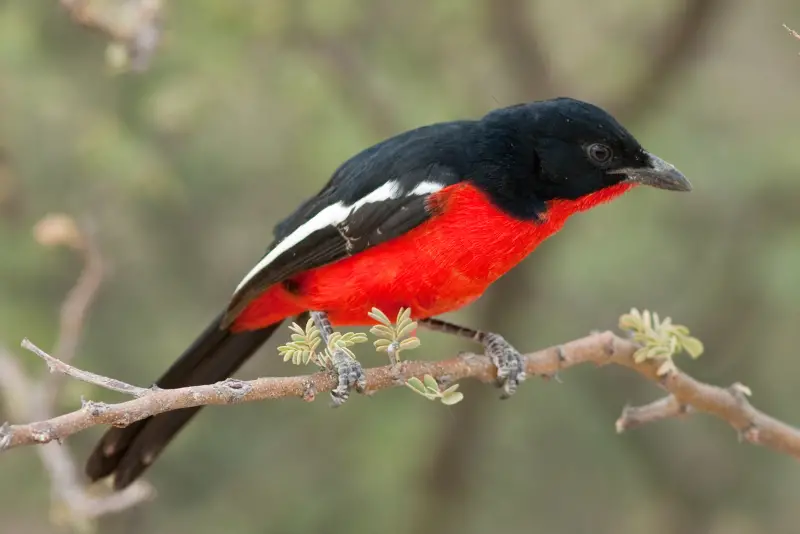
The Crimson-breasted Shrike belongs to the family of bush shrikes, and is native to South Africa.
The sexes look alike and both have jet black upper parts, including black wings and black tail, which contrast with their bright crimson belly.
They forage for insects in dry savannah and scrub land, and are regularly encountered as pairs or even small flocks.
Eurasian Bullfinch
Scientific name: Pyrrhula pyrrhula
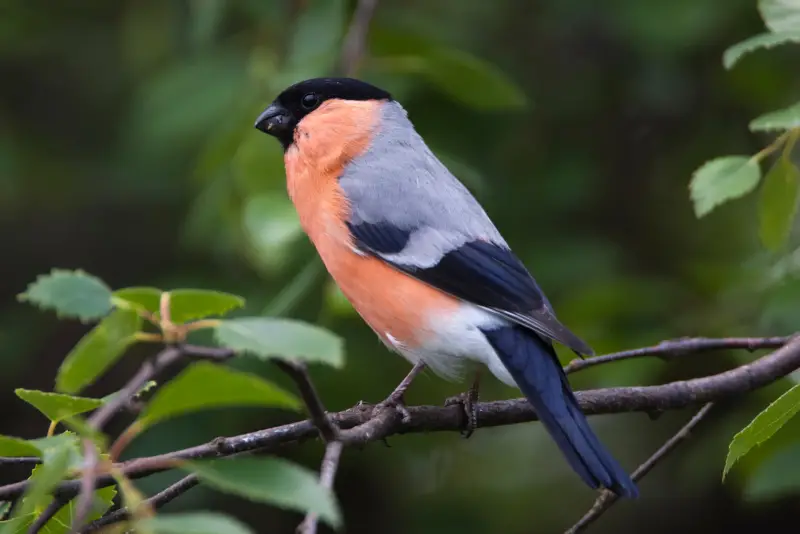
The Eurasian Bullfinch is a large finch found throughout Europe and western Asia, but it is uncommon in most parts of its range, and therefore rarely observed.
The male has a black head, black wings, and a black tail, as well as a gray back. The belly, breast, and cheeks are bright red.
Their preferred habitat are mixed forests, and edges of woodlands, as well as farmland and orchards.
Red-bellied Grackle
Scientific name: Hypopyrrhus pyrohypogaster
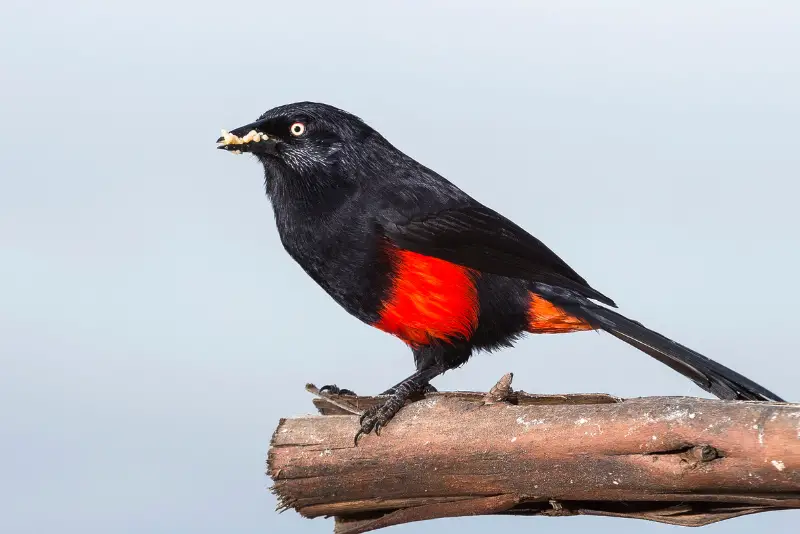
The Red-bellied Grackle is a bird of high elevation forests in northern South America, being most numerous in Colombia.
Both sexes are similar and have a jet black body with a scarlet belly, as well as yellow eyes. They feed mostly on seeds and fruits, as well as insects during the breeding season.
Outside of the breeding season they form flocks which often mix with other forest birds, such as jays.
Red Bellied Pitta (Philippine Pitta)
Scientific name: Erythropitta erythrogaster
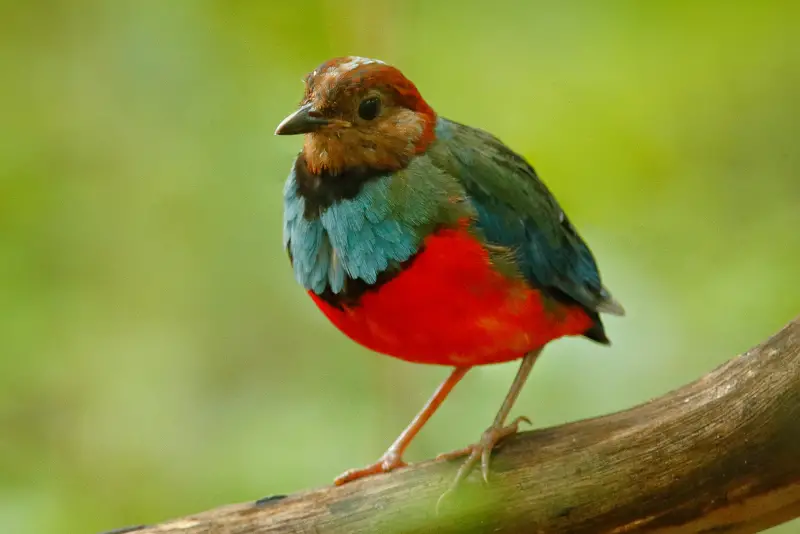
Almost exclusively endemic to the Philippines, this pitta is largely terrestrial, and hard to spot as it forages on the ground in dense forests.
But if you do have the good fortune to spot one, you will be rewarded by its stunning coloration: a dark blue back and chest, as well as a crimson red belly and maroon head.
And if you get close enough, you’ll also notice the black throat patch. Juvenile birds are dark brown, and hard to identify unless you see them together with adult birds.
Flame Robin
Scientific name: Petroica phoenicea
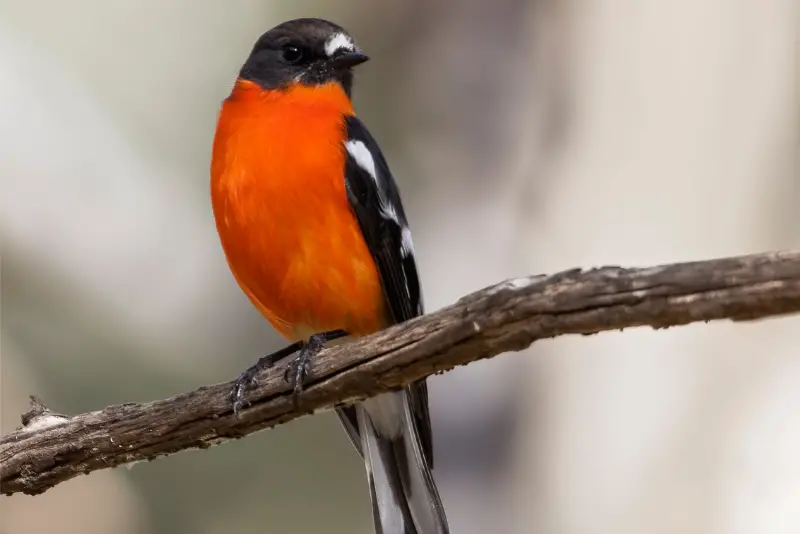
This gorgeous robin is native to southeastern Australia, where it frequents open habitats including grassland and farmland.
The male is dark gray on top, with a flaming red belly and red chest that is impossible to overlook. Creating even more contrast, its largely black wings have a prominent white wingbar.
Females are much more inconspicuous, and are largely brownish gray with black and white wings.
Final remarks
In summary, here are the 15 types of birds with red plumage on their bellies:
- Painted Redstart
- Red Crossbill
- Vermilion Flycatcher
- Pine Grosbeak
- Hepatic Tanager
- Red-bellied Woodpecker
- American Robin
- White-winged Crossbill
- Lewis’s Woodpecker
- Elegant Trogon
- Crimson-breasted Shrike
- Eurasian Bullfinch
- Red-bellied Grackle
- Red bellied Pitta (Philippine Pitta)
- Flame Robin
If you’ve spotted one of these birds while bird watching, but aren’t sure which species it was, check our detailed ID guide with photos above.
If you enjoyed this article, check out our guide to the types of blue and red birds.

